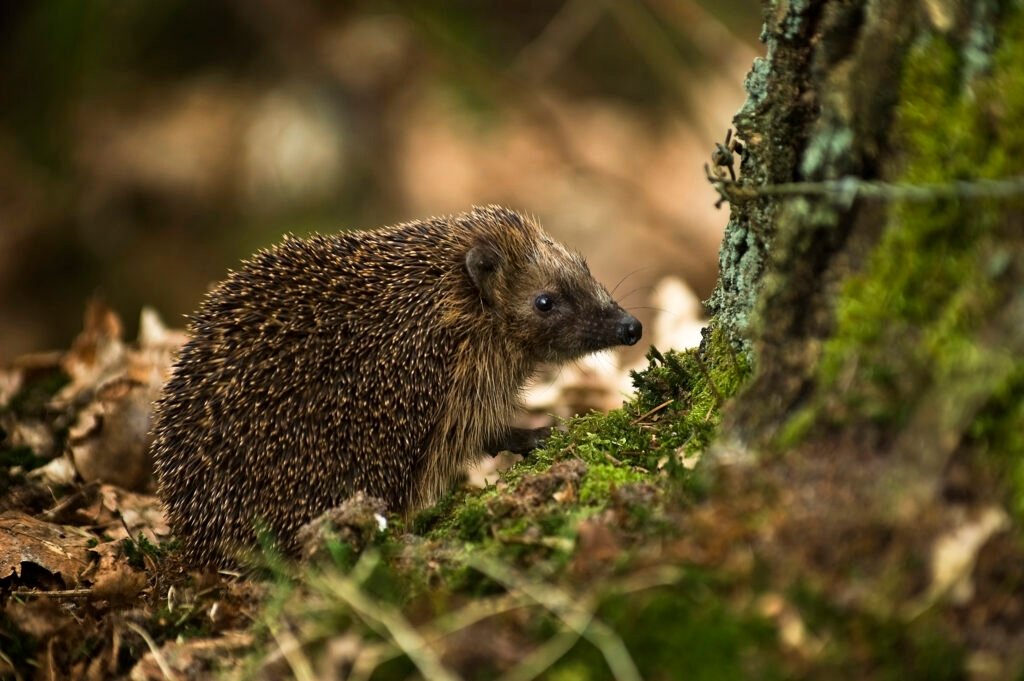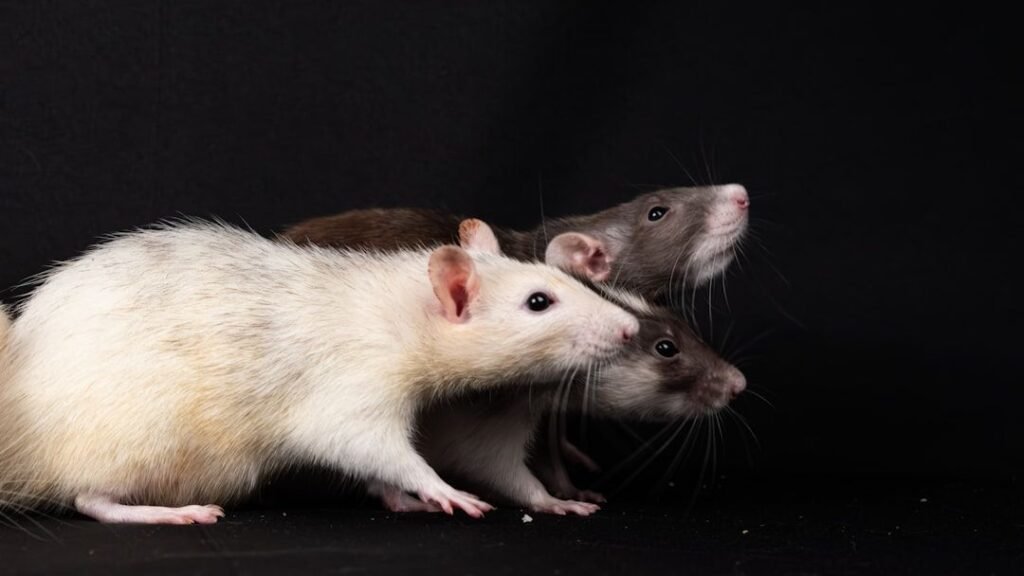Imagine walking through a dewy British garden at dusk, hoping for the familiar rustle of a hedgehog snuffling through the undergrowth — only to be met with silence. It’s not just your imagination: these quirky, spiky mammals are vanishing at an alarming rate. Once a cheerful staple of lawns and parks, hedgehogs are now slipping away, their numbers plummeting with each passing year. This isn’t just a loss for wildlife lovers; it’s a blow to the soul of British nature. But here’s the twist: while the problem feels massive, the most powerful solutions might start right on your own doorstep. Ready to find out what’s really happening and how you can make a difference? Let’s dig in.
The Plight of the British Hedgehog
Once, British hedgehogs were as common as rain in April. But today, their population has crashed by more than half in rural areas since the millennium. In towns and cities, they’re disappearing almost as fast. The reasons are complicated, but the outcome is heartbreakingly simple: fewer hedgehogs in our gardens, parks, and wild spaces. For many people, the hedgehog is a symbol of British wildlife — a gentle, humble creature with an unmistakable charm. Their decline is a stark warning that our natural world is out of balance. It’s not just about nostalgia; hedgehogs play a crucial role in keeping ecosystems healthy. Their vanishing act should concern anyone who loves nature.
Understanding Hedgehog Habits
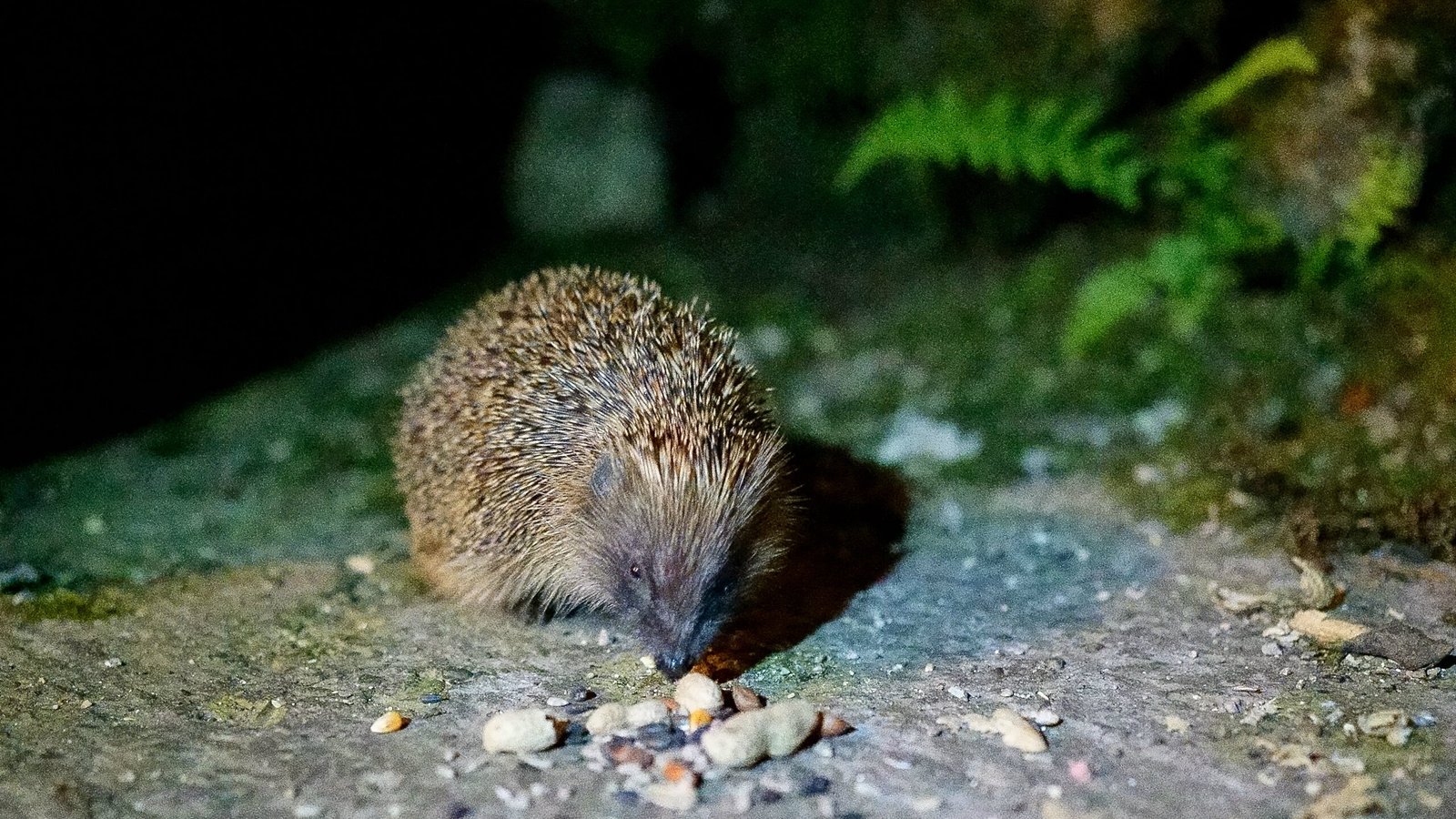
Hedgehogs are nocturnal wanderers, covering up to two kilometers a night in search of food. They feast on beetles, worms, slugs, and other invertebrates, acting as natural pest controllers. These prickly mammals need plenty of ground cover to hide from predators and forage for dinner. They also hibernate during the winter, curling up in nests of leaves. When those essentials vanish, so do the hedgehogs. Their quirky behaviors — like making snuffling sounds while searching for snacks — have charmed generations. To help them, it’s vital to understand their daily routines and the habitats they depend on.
Habitat Loss: The Silent Threat
Modern gardens are often tidy, fenced, and dominated by paving and decking, leaving little room for hedgehogs to roam. Across the countryside, hedgerows and wild patches are disappearing, replaced by fields and developments. This loss of habitat traps hedgehogs in small, isolated patches, making it hard for them to find food, mates, or safe places to nest. Fragmented habitats reduce genetic diversity, leaving populations vulnerable to disease and decline. Even small changes in land use — like removing a hedge or replacing a lawn with gravel — can add up to a big problem for these creatures. It’s a death by a thousand cuts, silent and relentless.
Dangerous Roads and Hedgehog Highways
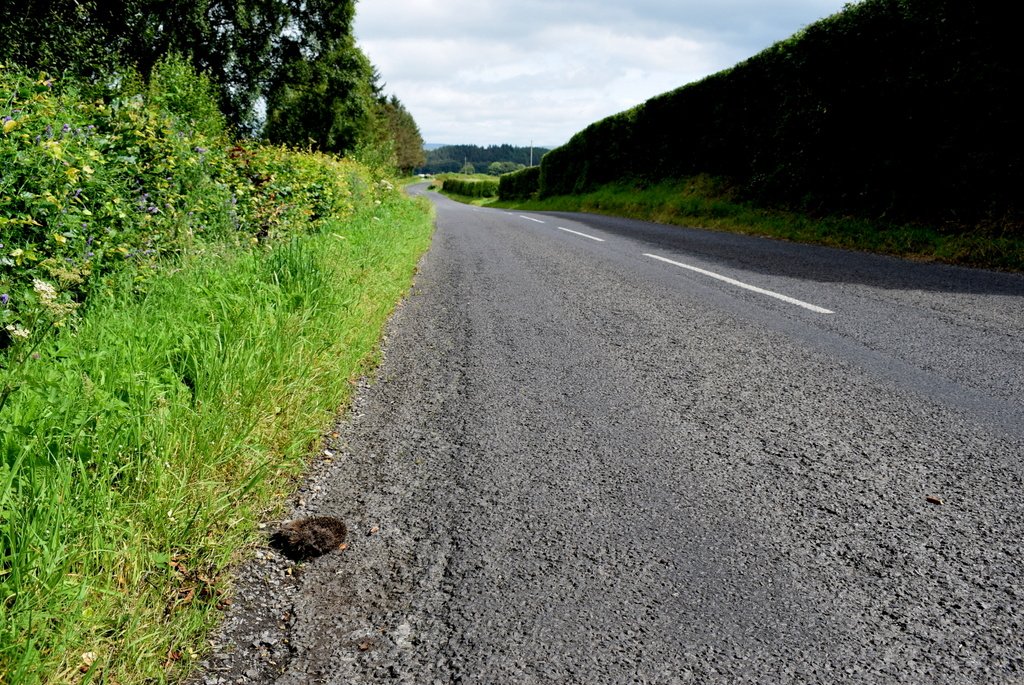
British roads are deadly for hedgehogs. Each year, thousands are killed trying to cross busy streets in search of food or mates. Urban sprawl has carved up the landscape, forcing hedgehogs to navigate a maze of danger just to survive. Many never make it to the other side. Their small size and slow pace make them especially vulnerable to fast-moving traffic. Road deaths are now among the leading causes of hedgehog mortality. Creating safe passages, like “hedgehog highways” or small holes in fences, can make a dramatic difference.
Pesticides and the Peril of Chemicals
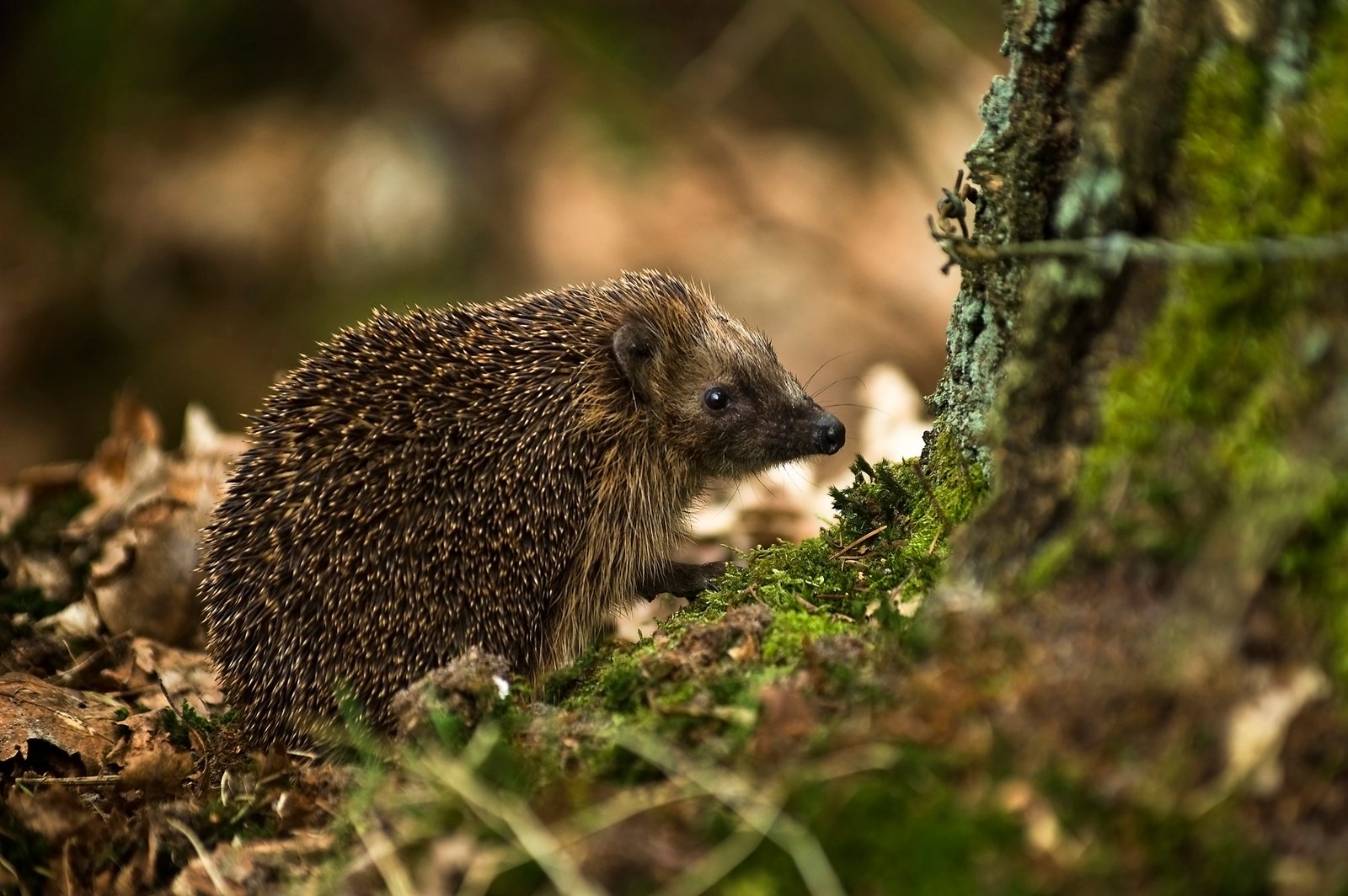
Pesticides and slug pellets are meant to keep gardens neat, but they’re toxic for hedgehogs. These chemicals poison the insects hedgehogs depend on, leaving them with empty stomachs and weakened immune systems. When hedgehogs eat contaminated prey, they can become sick or die. The widespread use of garden chemicals has turned once-safe spaces into hazardous zones. Organic gardening and natural pest control methods aren’t just trendy — they’re a lifeline for wildlife. Every time someone swaps chemicals for compost, they’re giving hedgehogs a fighting chance.
Climate Change and Shifting Seasons

Climate change is making British weather more unpredictable, with warmer winters and wetter summers. Hedgehogs, which hibernate to survive the cold, are waking up at the wrong times. This can leave them hungry when food is scarce, or expose them to harsh conditions they’re not prepared for. Changes in rainfall and temperature also affect the abundance of insects and worms, making it harder for hedgehogs to find enough to eat. The shifting climate adds another layer of stress to an already struggling species. It’s a silent pressure that often goes unnoticed, but its effects are profound.
Predators and the Return of Badgers
Badgers, with their powerful claws and keen sense of smell, are natural predators of hedgehogs. As badger populations recover in the UK, hedgehogs face increased pressure, especially in rural landscapes. The two species have coexisted for centuries, but when hedgehogs are squeezed into smaller spaces, they struggle to escape. Predation is only part of the story; loss of food and shelter makes hedgehogs even more vulnerable. It’s a complex balancing act, one that’s tipped against hedgehogs as habitats shrink and resources dwindle.
Hedgehogs and Garden Fences
A simple wooden fence can become an insurmountable barrier for a hedgehog. These creatures roam nightly, needing to travel between gardens to find mates and food. When every garden is sealed off, hedgehogs become trapped in tiny territories, unable to thrive or even survive. Making small holes — about the size of a CD — at the base of fences creates “hedgehog highways” that reconnect fragmented habitats. These small acts can mean the difference between life and death for local hedgehogs. It’s a small effort with a big impact.
The Importance of Wild Spaces
Wild corners, log piles, and overgrown patches are like five-star hotels for hedgehogs. These spaces provide shelter, nesting material, and a buffet of insects. In a world obsessed with pristine lawns, wild spaces are disappearing fast. But leaving a bit of garden messy can welcome a whole community of wildlife, not just hedgehogs. It’s a simple, joyful rebellion against the tyranny of tidiness. Sometimes, the best thing you can do is nothing at all: let nature take its course and watch as hedgehogs return.
Feeding Hedgehogs Responsibly
It’s tempting to leave out bread and milk for hedgehogs, but these foods can actually make them sick. The best treats are meaty cat or dog food, and fresh water. Feeding hedgehogs can help them survive tough times, especially in dry summers or after hibernation. But moderation is key; too much food can make them dependent. Creating a feeding station can also keep them safe from cats and foxes. Responsible feeding is a simple way to support hedgehogs without harming them.
Hedgehog-Friendly Gardens: Simple Changes, Big Impact
Transforming your garden into a hedgehog haven doesn’t require a green thumb or a fortune. Simple actions, like leaving leaf piles, avoiding pesticides, and planting native hedges, can create a welcoming environment. Ponds with gently sloping sides provide water without the risk of drowning. Even a small garden can make a real difference when it’s connected to others. The goal isn’t perfection — it’s diversity, shelter, and safety. Every garden that opens its gates to hedgehogs helps tip the balance back in their favor.
Community Actions and Local Heroes
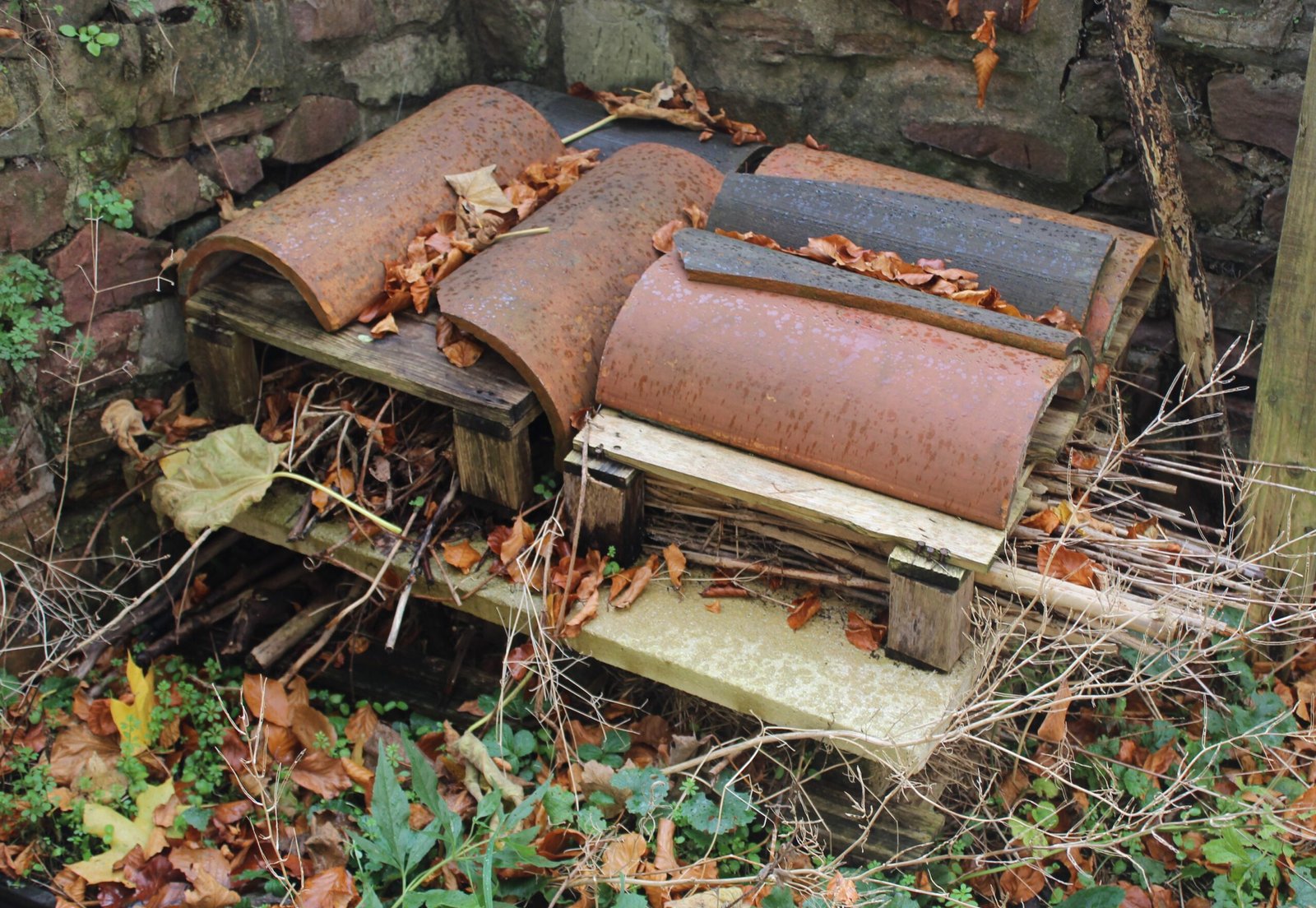
Communities across Britain are rallying to save hedgehogs. From schoolchildren building “hedgehog hotels” to neighbors organizing “hedgehog street” initiatives, local action is powerful. Sharing tips, resources, and encouragement can inspire more people to make small changes. Working together, whole neighborhoods can become safe corridors for wildlife. These grassroots efforts are as heartwarming as they are effective. The sense of connection — to nature and to each other — is its own reward.
Citizen Science: Counting for Conservation
Scientists need data to track hedgehog populations and trends. That’s where citizen science comes in. By reporting sightings, logging footprints, or joining surveys, ordinary people become part of a national effort to save hedgehogs. These records help researchers understand where hedgehogs are thriving or struggling. The information shapes conservation plans and highlights areas that need urgent help. It’s science in action — and anyone can join in, no lab coat required.
Rescue and Rehabilitation Efforts

Every year, wildlife rescue centers care for thousands of sick, injured, or orphaned hedgehogs. Many have been hit by cars, poisoned, or simply lost in urban jungles. Dedicated volunteers nurse them back to health and return them to the wild whenever possible. Supporting these centers through donations or volunteering is a direct way to help. Their stories are often inspiring — a testament to resilience and compassion in the face of adversity.
Educating the Next Generation

Teaching children about hedgehogs and their needs sows the seeds for future conservation. School projects, nature walks, and wildlife clubs can spark a lifelong love of nature. When young people understand the challenges facing hedgehogs, they become powerful advocates. Simple activities, like building bug hotels or planting wildflowers, create learning opportunities and real habitat. The next generation holds the key to a wilder, more welcoming world.
The Power of Legislation and Policy
Laws and regulations play a crucial role in protecting hedgehogs. Hedgehog-friendly planning policies, bans on harmful pesticides, and incentives for wildlife corridors can all make a difference. Campaigns to include hedgehogs in protected species lists are gaining traction. While change can be slow, public pressure and awareness are powerful forces. When government and communities work together, real progress is possible.
What to Do If You Find a Hedgehog in Trouble
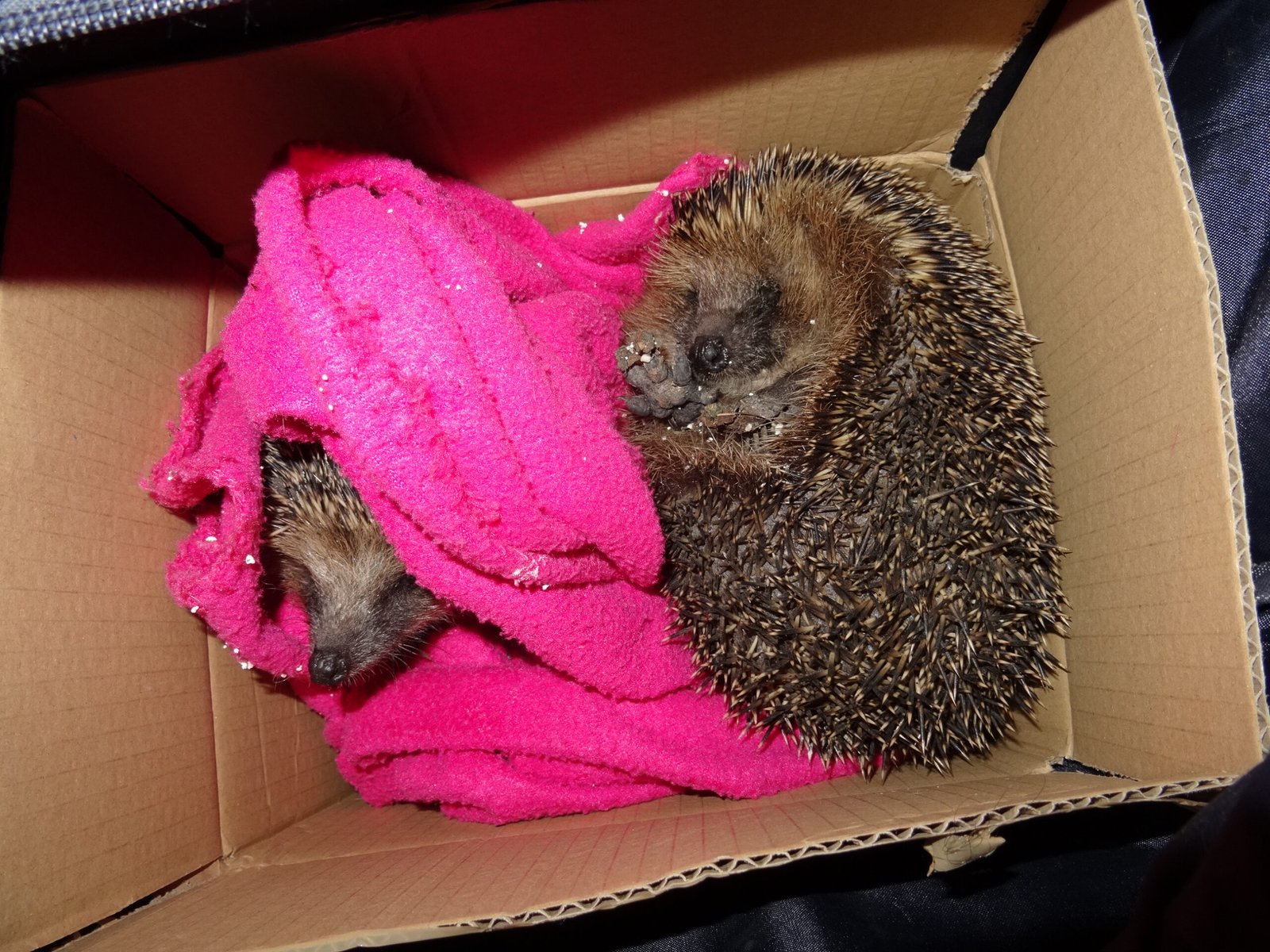
Coming across a distressed hedgehog can be alarming, but knowing what to do can save a life. If you find a hedgehog out in daylight, it may be sick or starving. Gently place it in a box with a towel and offer water (never milk). Contact a local wildlife rescue center for advice. Avoid handling hedgehogs too much, as stress can harm them. Prompt action can mean the difference between life and death.
Small Acts, Big Change: Your Role in the Story
You don’t need a grand estate to make a difference. Every garden, balcony, or green space can become a lifeline for hedgehogs. Small actions — like removing hazards, creating shelter, or simply spreading the word — add up over time. The ripple effect from one person’s efforts can inspire a whole street or community. By taking action, you become part of a larger movement to save one of Britain’s most beloved creatures.
Hope for the Future
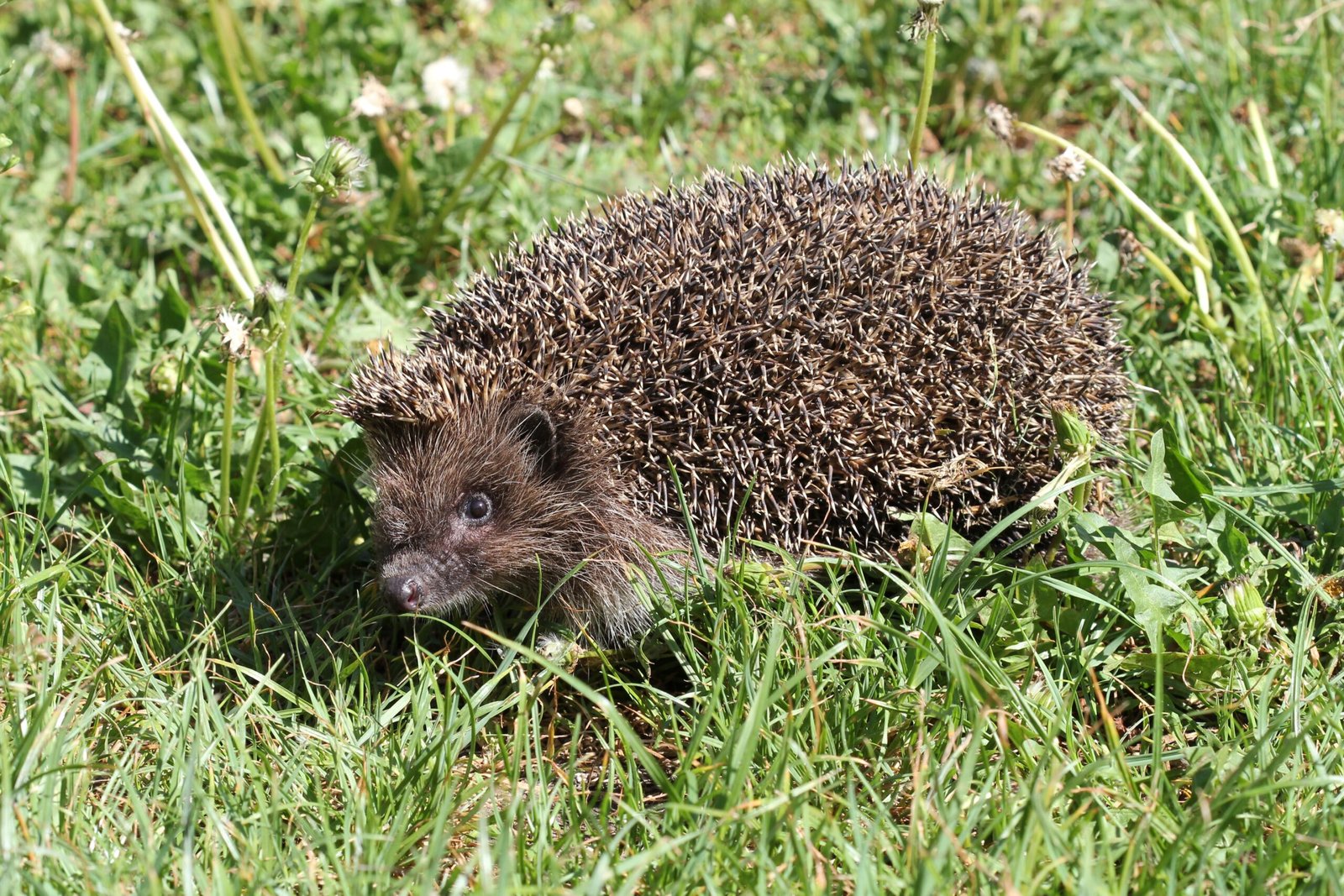
Despite the challenges, there’s real hope for British hedgehogs. Recent years have seen a surge of interest, grassroots action, and scientific breakthroughs. From innovative tracking devices to new wildlife corridors, solutions are within reach. The story of the hedgehog isn’t finished — and your own backyard could be where the next chapter begins. Every effort, no matter how small, is a step toward a future where hedgehogs are once again a common sight at dusk.

